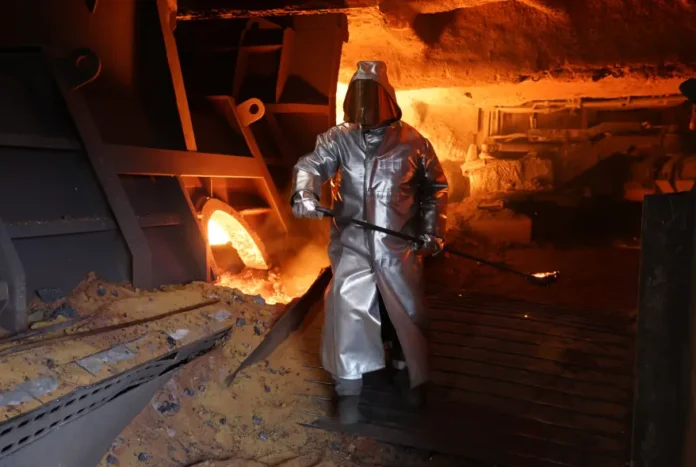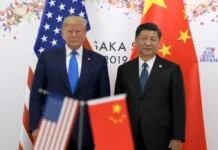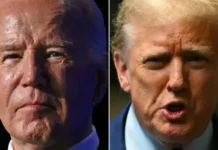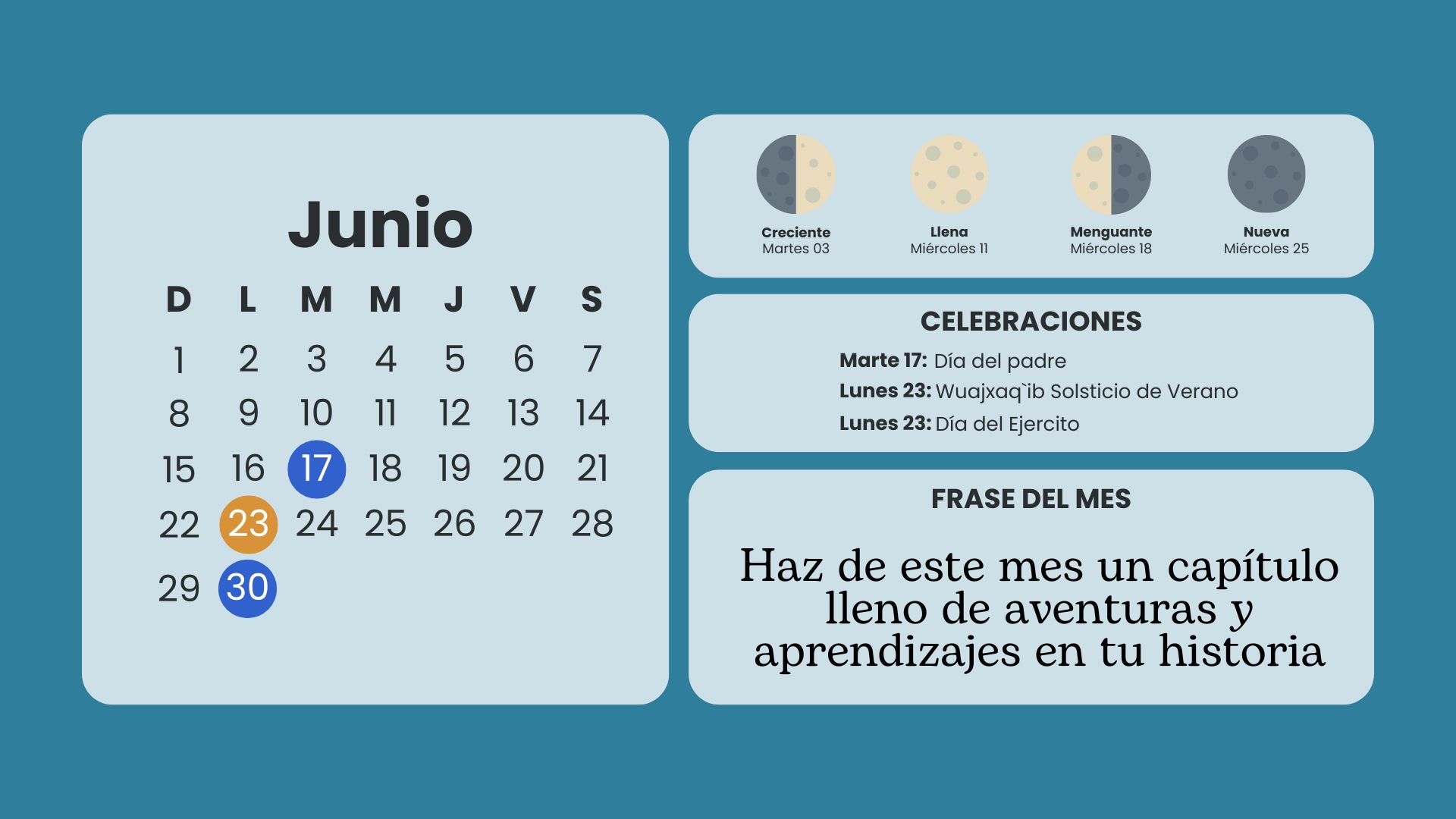US President Donald Trump’s 50% tariffs on most imported steel and aluminum went into effect on Wednesday, the same day as his deadline for trading partners to give their “best offer” in bids to avoid import tax rates on other goods from taking effect next month.

Late on Tuesday, Trump signed an executive proclamation to implement, starting Wednesday, his announcement last week to increase tariffs on steel and aluminum imports that had been in place since March from 25% to 50%. The new tax went into effect at 12:01 a.m.
“We started at 25 and then after studying the data more, realized that it was a big help, but more help is needed. And so that is why the 50 is starting tomorrow,” White House economic adviser Kevin Hassett said at a steel industry conference on Tuesday.

The increase applies to nearly all trading partners, with Britain the only exception, since it is the only country so far that has reached a preliminary trade agreement with the US during a 90-day pause on a wider array of US tariffs.
About a quarter of all steel used in the US is imported, and the increased tariffs will hit strong US trading partners Canada and Mexico particularly hard, Census Bureau data shows.
The two US neighbors rank number one and three, respectively, in steel shipment volumes to the US.

Canada is even more impacted by the aluminum duties as the top exporter to the US by far at roughly twice the rest of the top 10 exporters’ volumes combined.
Prime Minister Mark Carney’s office said Canada was “engaged in intensive and live negotiations to have these and other tariffs removed.”
Mexican Economy Minister Marcelo Ebrard emphasized that the tariffs were unsustainable and unfair, especially given that Mexico imports more steel from the US than it exports to the country.

“It makes no sense for the United States to levy a tariff on a product in which you have a surplus,” he said, adding that Mexico would seek an exemption from the increase.
The US receives about half of its aluminum from foreign sources.
The tariff increase shook the market for steel and aluminum this week, but particularly for aluminum, which has seen price premiums more than double so far this year.

With little current capacity to boost domestic production, import volumes are likely to remain steady unless the price increases undercut demand.
The White House also wants trading partners to submit their proposals on Wednesday for deals that might help them avoid Trump’s “Liberation Day” tariffs from taking effect next month.
Officials have been in active talks with several countries since Trump announced a pause on those tariffs, but the deal with Britain is the only one reached so far.

But even that agreement is more of a preliminary framework for more talks.
The Trump administration is now eager to reach more deals, with just five weeks until the tariffs take effect.
The US Trade Representative has sent letters asking countries to list their best proposals in a number of key areas, including tariff and quota offers for the purchase of US industrial and agricultural products and plans to resolve any non-tariff barriers.







